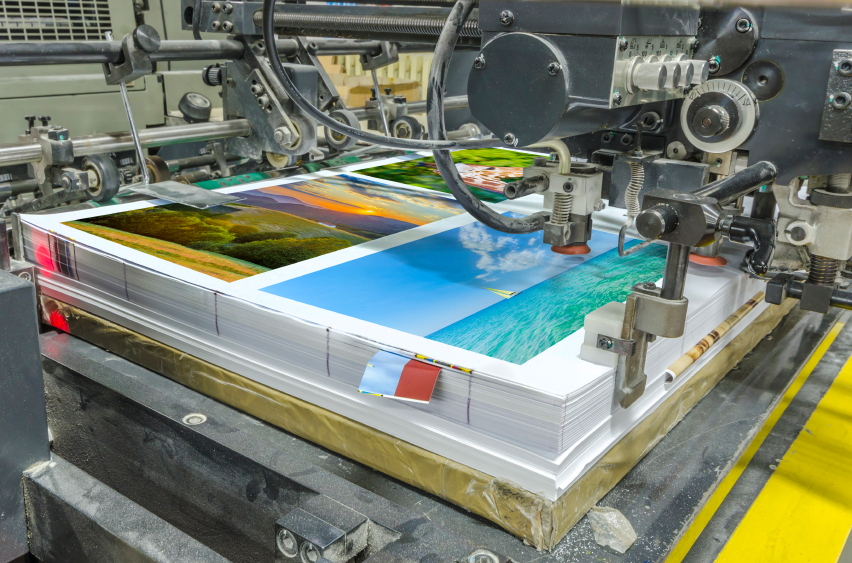When it comes to selecting the ideal binding method for your print projects, understanding the differences between perfect binding vs saddle stitching is crucial. These are two of the most popular binding techniques, each offering unique advantages and suited for different types of projects. Whether you are a marketing professional looking to produce high-quality brochures or a publisher aiming to create cost-effective magazines, knowing which method to choose can make all the difference in the final product.

Understanding Perfect Binding
Perfect binding is a widely used method, especially in the realm of book publishing. This technique involves gluing the pages and the cover together at the spine. The result is a clean, professional-looking book or document.
Advantages of Perfect Binding
- Professional Appearance: Offers a sleek and polished look, making it ideal for high-end magazines and corporate reports.
- Durability: The strong adhesive used ensures that the pages are securely bound, increasing the longevity of the product.
- Spine Printing: Allows for printing on the spine, which is beneficial for branding and easy identification on bookshelves.
Disadvantages of Perfect Binding
- Higher Cost: Generally more expensive than other binding methods due to the materials and processes involved.
- Less Flexibility: Does not lay flat when opened, which might not be suitable for certain types of content.
Exploring Saddle Stitching
Saddle stitching is another popular method, particularly for smaller publications like booklets and magazines. This technique involves folding sheets together and stapling them along the fold.
Advantages of Saddle Stitching
- Cost-Effective: Typically less expensive than perfect binding, making it a budget-friendly option for short runs and smaller publications.
- Quick Turnaround: The process is relatively fast, which is perfect for projects with tight deadlines.
- Flat Laying: Can lay flat when opened, which is great for designs that span across pages.
Disadvantages of Saddle Stitching
- Limited Page Count: Best suited for publications with fewer pages, usually up to 80 pages, depending on the paper’s thickness.
- No Spine Printing: Unlike perfect binding, saddle stitching does not allow for printing on the spine.
Choosing Between Perfect Binding and Saddle Stitching
The decision between perfect binding vs saddle stitching ultimately depends on the specific needs of your project. Here are some considerations to help you decide:
Project Size and Budget
Consider the size of your project and your budget. Saddle stitching is ideal for smaller projects with a limited budget, while perfect binding is better for larger, more professional publications.
Intended Use and Audience
Think about the intended use and audience of your publication. If you are targeting high-end clients or creating a product for retail sale, the professional appearance of perfect binding may be more appealing. For internal communications or limited-distribution materials, saddle stitching might suffice.
Design Requirements
Consider the design of your publication. If your design requires a flat-laying book or magazine, saddle stitching is the way to go. However, if you want to include spine printing for branding purposes, perfect binding is necessary.
Conclusion
In the debate of perfect binding vs saddle stitching, there is no one-size-fits-all answer. Each method has its strengths and is suited for different types of projects. By considering factors like budget, project size, intended use, and design requirements, you can make an informed decision that best suits your specific needs.

FAQs
What is the main difference between perfect binding and saddle stitching?
The main difference lies in the binding technique: perfect binding uses adhesive to bind pages to the spine, while saddle stitching employs staples along a folded crease.
Which binding method is more durable?
Perfect binding is generally more durable due to the strong adhesive used to hold the pages together.
Can saddle stitching be used for thick books?
No, saddle stitching is best suited for publications with fewer pages, typically up to 80 pages.
For more insights on printing techniques, check out this offset printing for magazines guide.
For a more detailed understanding of printing processes, you can visit Printing for Less.
This article contains affiliate links. We may earn a commission at no extra cost to you.






